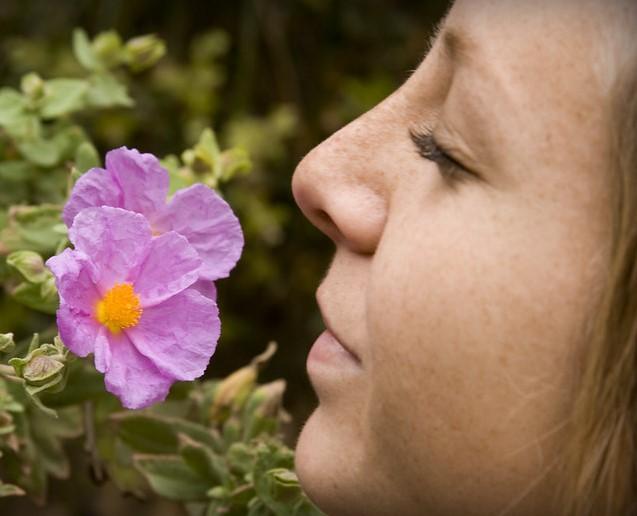
COVID-19 survivors who lose their sense of smell for at least 6 months have more serious depression and anxiety than those without the dysfunction, University of Mons researchers in Belgium write in the Journal of Otolaryngology-Head and Neck Surgery.
At a single medical center, 218 patients with olfactory dysfunction (OD) and 102 asymptomatic controls completed the Olfactory Disorder Questionnaire, General Anxiety Disorder (GAD-7) questionnaire, and Patient Health Questionnaire (PHQ-9) and underwent the Sino-Nasal Outcome Test-22 and threshold, identification, and discrimination testing from August 2023 to January 2024.
The average age was 51.3 years in OD patients and 41.2 in controls. Thirteen OD patients (5.9%) and 5 (4.9%) controls reported a depression diagnosis in the last 5 years.
"The olfaction plays a crucial role in human social interactions, in transforming eating from a simple vital function to a pleasant activity, and for detecting environmental hazards," the authors noted.
Women had higher burden of both measured conditions
At enrollment, the average duration of OD was 31.1 months. OD patients had anosmia (loss of smell; 26.3%), hyposmia (reduced ability to smell; 33.7%), or parosmia (distorted sense of smell; 40.0%), respectively.
While the causality relationship remains unclear, depression and anxiety symptoms must be investigated in this subgroup of patients with long COVID-19.
The average PHQ-9 score was significantly higher in OD patients (6.12; mild depression) than in controls (4.4; minimal depression), as were average GAD-7 scores (4.6 vs 3.5; mild and minimal anxiety, respectively).
Rates of mild-to-severe depression (51.2% vs 44.1%) and mild-to-severe anxiety (39.5% vs 32.4%) were significantly higher in OD patients than in controls; OD patients had a significantly higher percentage of moderate and severe depression and anxiety than those with intact olfaction.
Relative to hyposmia and parosmia, anosmia was tied to severe anxiety. Women scored higher on the GAD-7 and PHQ-9 than men. The average PHQ-9 scores of unvaccinated patients were significantly higher than those of vaccinated participants, indicating a higher depression burden (6.9 vs 5.9). The severity of depression and anxiety increased with OD severity and nasal symptoms.
"While the causality relationship remains unclear, depression and anxiety symptoms must be investigated in this subgroup of patients with long COVID-19," the authors concluded.
.jpg)













